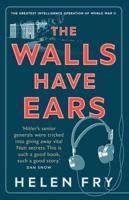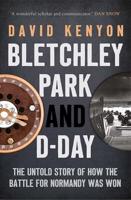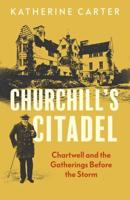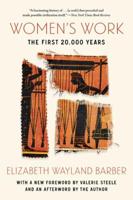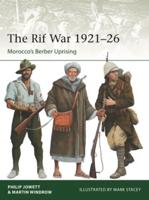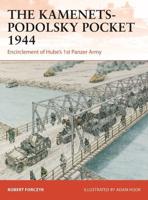Publisher's Synopsis
What happens to the US Army after the battles are over, the citizen soldiers depart, and all that remains is the Regular Army? In this pathbreaking work, Brian Linn argues that in each decade following every major conflict since the War of 1812 the postwar army has undergone a long, painful, and remarkably consistent recovery process as it struggled to build a new model force to replace the “Old Army” that entered the conflict. Departing from the Washington-centric institutional histories of the past, Linn sets his focus on soldiering in the field, distilling the lived experiences of officers and troopers who were responsible for cleaning up the messes left in the wake of war.
Real Soldiering provides the first comprehensive study of the US Army's transition from war to peace. It is both a wide-ranging history of the army's postwar experience and a work detailing the commonalities of American soldiering over almost two centuries. Linn challenges three common historical interpretations: confusing Washington policy with implementation in the field; conflating postwar armies with prewar armies; and describing certain postwar eras as distinct and transformational. Rather, Linn examines the postwar force as a distinct entity worthy of study as a unique and important part of US Army history. He identifies the common dilemmas faced by the service in the aftermath of every war. These problems included such military priorities as defense legislation, preparing for the next war, and adapting to new missions. But they also incorporated often overlooked—but for those who lived through them more important—consistencies such as officer acquisition and career management, personnel turbulence, insufficient personnel and equipment, and many others.
Real Soldiering represents over four decades of research into the US Army and is deeply informed by Linn's experiences teaching and working with soldiers. It breaks new ground in lifting out the similarities of each postwar army while still appreciating their individual complexities. It identifies the leaders and the methods the service employed to escape the inevitable postwar drawdowns. Insightful and entertaining, provocative and empathetic, and a work of history with immediate relevance, Real Soldiering will resonate with military historians, defense analysts, and those who have proudly worn the US Army uniform.


